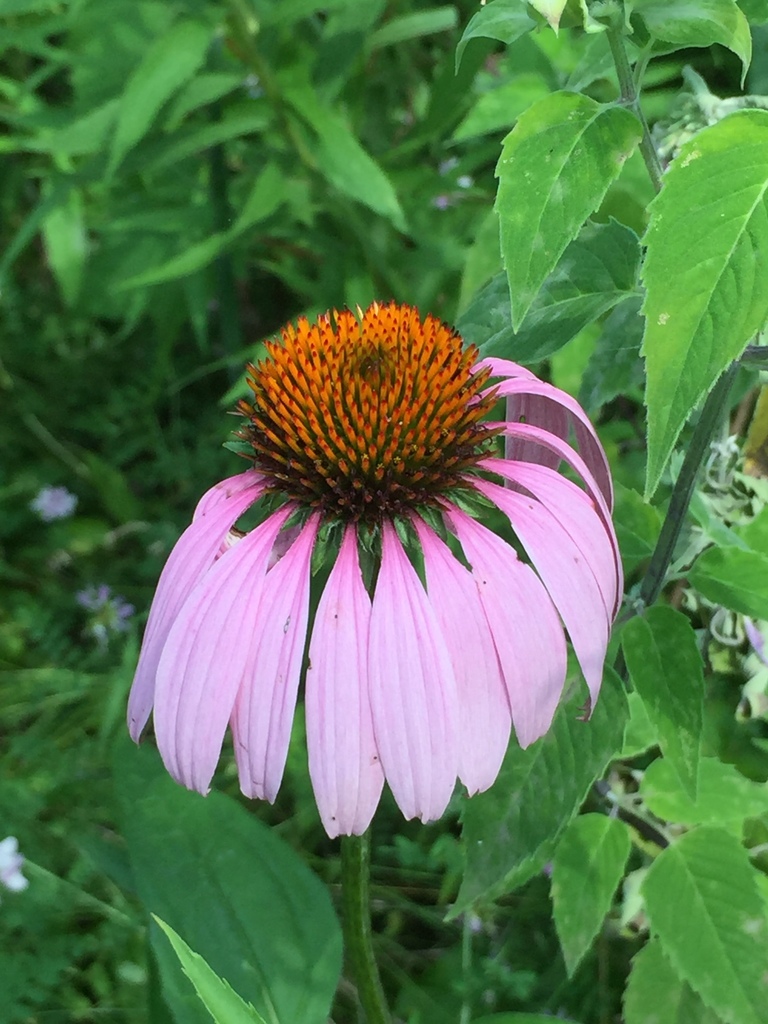Part of a series on invasive species by guest blogger Ed Pope
“It would be difficult to exaggerate the weedy potential of this shrub.”
—Swink and Wilhelm, Plants of the Chicago Region
You have probably read some of Cliff’s articles bemoaning the widespread presence of bush honeysuckle on CILTI properties, or perhaps seen it yourself on a hike.
Wondering how this invasive plant made it from Asia to Indiana? Well, it starts in 1897, after William McKinley was elected President the prior year. His choice for Secretary of Agriculture was James Wilson, a man with a vision. His goal was to help American farmers grow bigger and better crops. To do this, he sent about twenty men to scour the planet for plants that could be grown in America, or could be hybridized with other plants to create new commercially viable varieties.
One of the men Wilson picked for this mission was Niels Hansen, whom he had met at Iowa Agricultural College (now Iowa State University). At the time, Hansen was establishing the Horticulture Department at South Dakota State College (today’s South Dakota State University). Because of this, Hansen went to eastern Russia, Siberia and China. There he looked for plants that could withstand the harsh winters of the upper Midwest. Among the plants he sent back were seeds of Amur honeysuckle. (There are several plants that can be called “Asian honeysuckle,” but the one CILTI battles the most is Amur honeysuckle.)
Before we condemn Mr. Hansen for this act, it should also be pointed out that he also sent back other plants with positive qualities:
- Cossack grass
- Brome grass
- Crested wheat grass
- Apricots, plums and apples, which he used in cross-breeding with native plants to produce better varieties
After its importation into North America, Amur honeysuckle wasn’t much of a problem at first. It was commercially available to gardeners, and kept in ornamental gardens. For some reason, in the 1960s the Department of Agriculture’s Soil Conservation Service began promoting it for erosion control as well as wildlife food and cover.
Unfortunately, Amur honeysuckle is lousy at all three, especially erosion control. It puts chemicals into the soil that inhibit seed germination, so nothing grows underneath to help stabilize the soil. It does produce a large number of small berries, but they are not very nutritious for birds or other wildlife. Since predation of birds nesting in bush honeysuckle has been shown to be higher, these plants really don’t provide very good cover. Bush honeysuckle also crowds out native shrubs that would provide better cover and food for wildlife.
A good amount of time is spent by the CILTI stewardship team removing bush honeysuckle from the preserves. It is most prevalent along waterways and the edges of forested areas. It is primarily spread by birds and needs light to start growing. Banks and forest edges check both of these boxes. Once it is established, the typical method of eradication is cutting and treating. Depending on the size, it is cut with either a hand saw or a chainsaw, then the stump is immediately treated with herbicide to make sure it does not resprout. It can be foliar sprayed too, but the window of time for that is limited to the early spring and late fall so that surrounding plants are not impacted.
Want to help CILTI restore natural areas? Check out volunteer opportunities here. You can help us improve the health of forests and other natural habitats.

Ed Pope
Guest Blogger